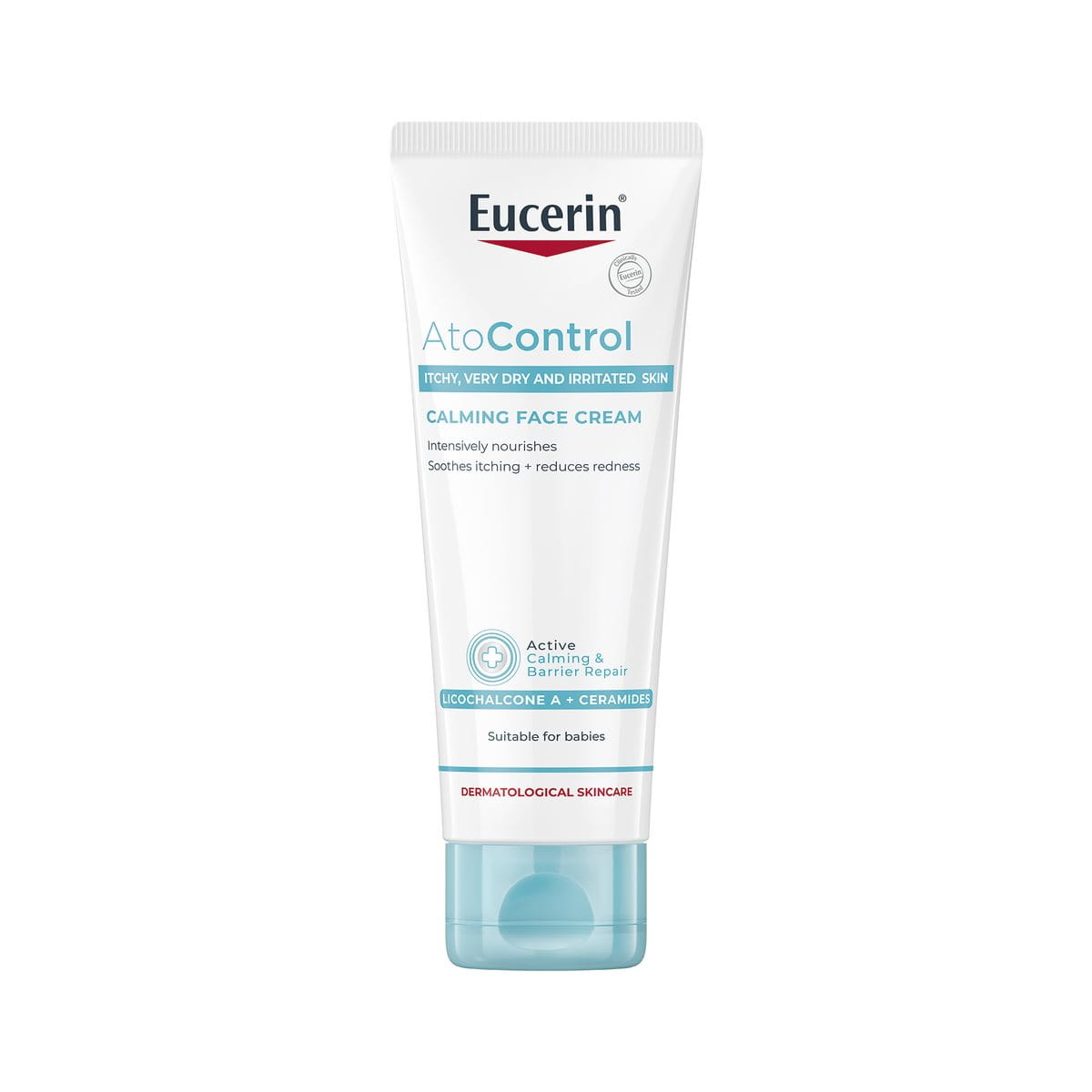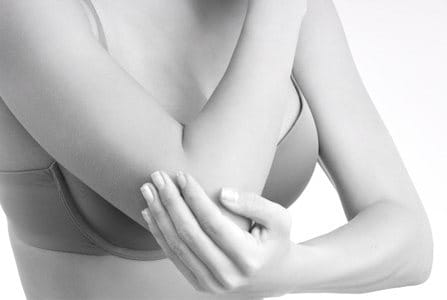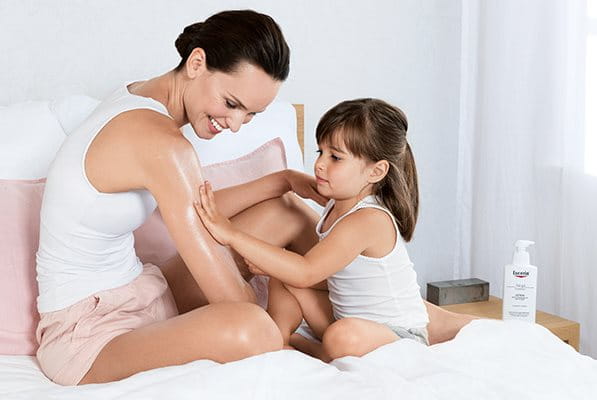Ear eczema is a common type of eczema that appears around or behind the ears. This condition often causes discolouration, dry skin, and itchiness in and around the ears. It can be triggered by various factors, including allergens, irritants, infections, stress, and genetics.
Understanding the symptoms and causes of ear eczema can help in determining the proper treatment and ways to prevent it from reoccurring. Find out more about the causes, symptoms, types of ear eczema, and how to treat ear eczema below.
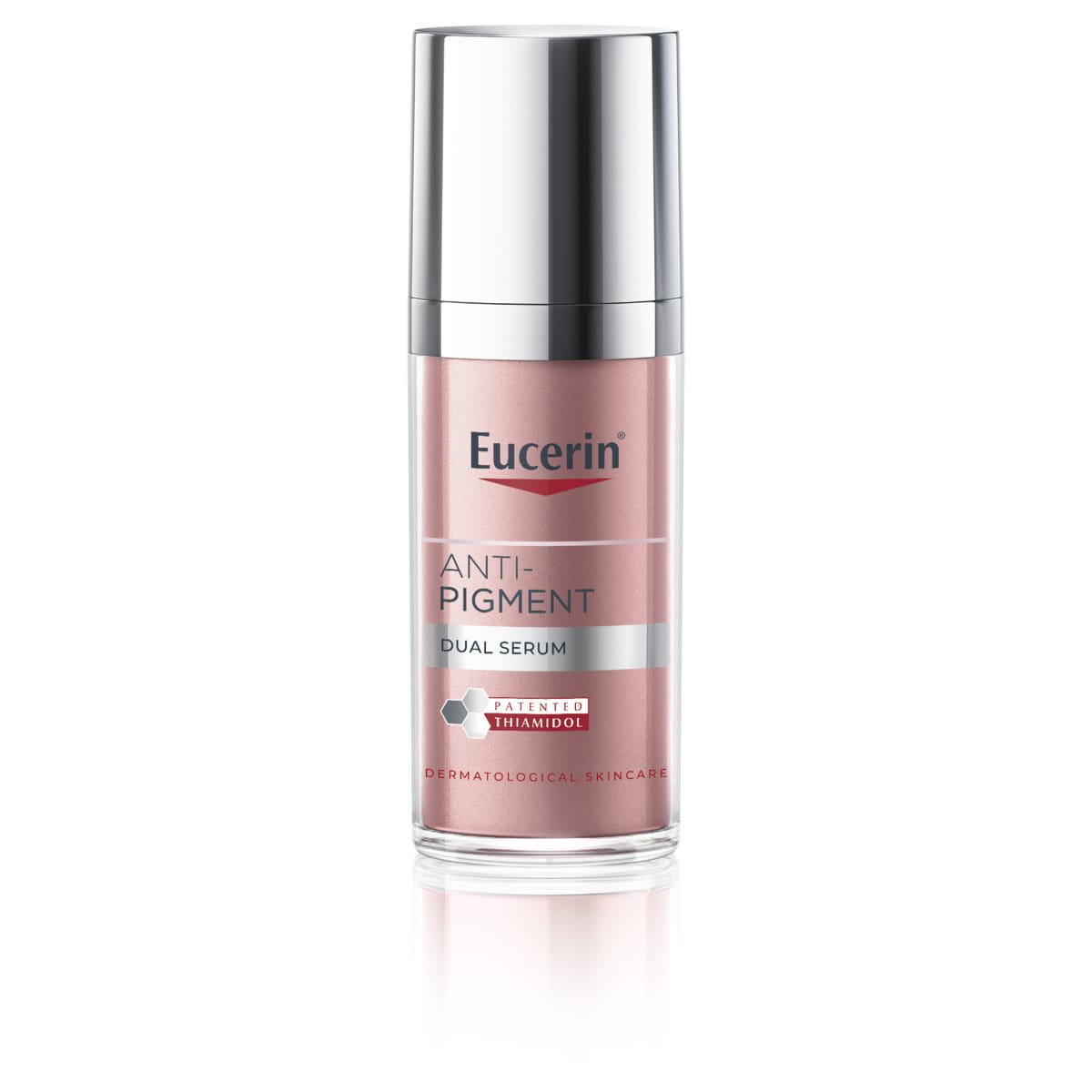
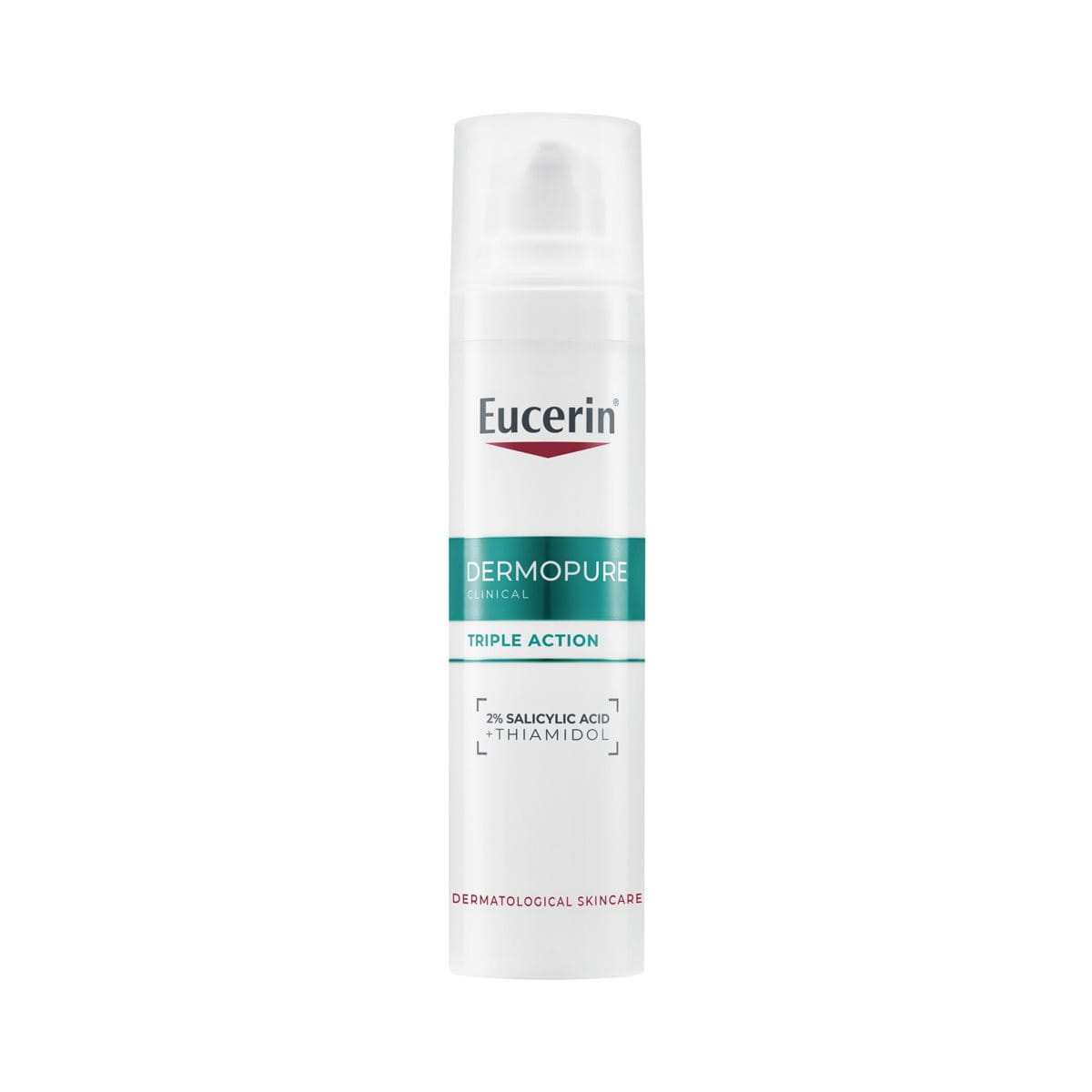



.jpg)
